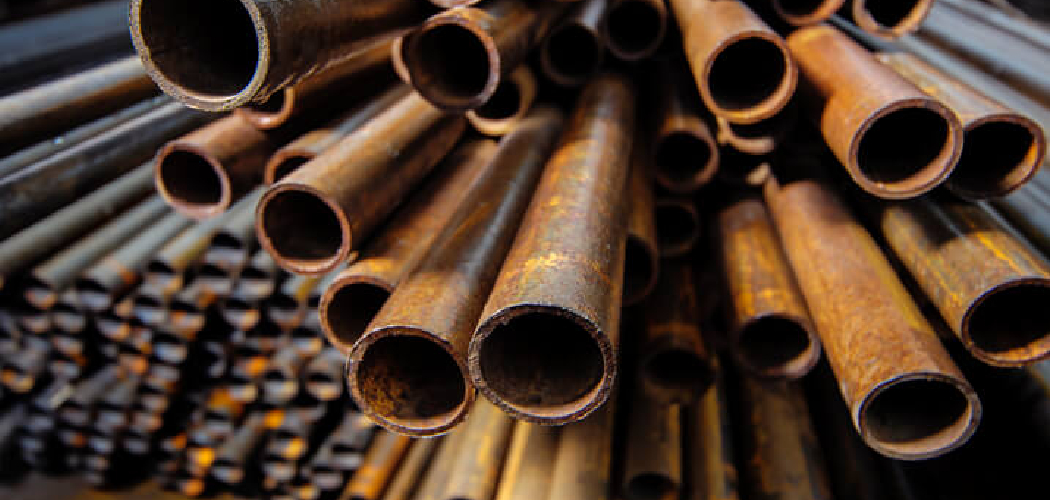If you are a plumber or someone who loves to do DIY projects, sooner or later you will encounter rusted cast iron pipe fittings. Rusted cast iron pipe fittings can be tough and challenging to remove. They may also cause leaks and damage if used in plumbing systems. That’s why it is crucial to know to remove rusted cast iron pipe fittings properly.
The main advantage of removing rusted cast iron pipe fittings is that it can save you time and money. Instead of having to call a plumber or hire a professional, you can handle the removal process yourself with the right tools and techniques. In this blog post, You will learn in detail how to remove rusted cast iron pipe fittings.
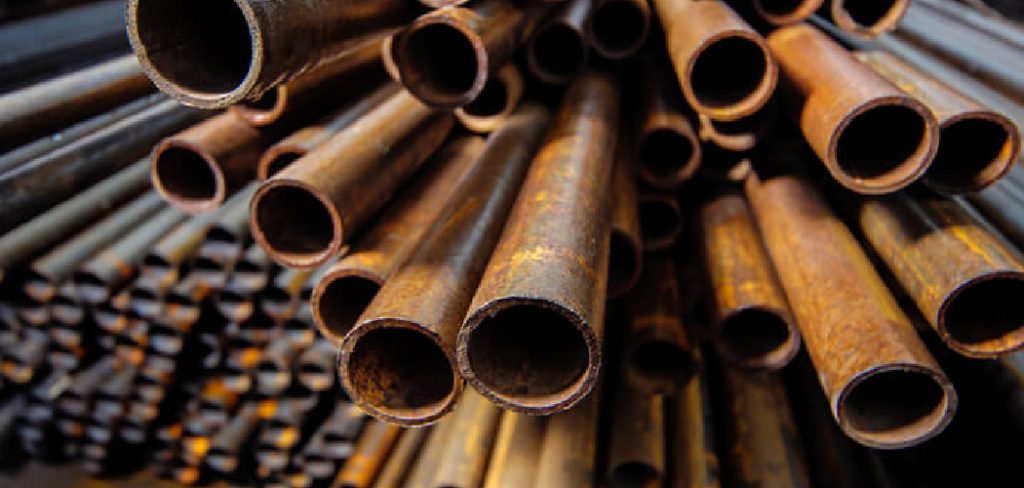
Step by Step Processes for How to Remove Rusted Cast Iron Pipe Fittings
Step 1: Inspect the Pipes
Before starting the process of removing rusted cast iron pipe fittings, it is important to carefully inspect the pipes. Check for any visible signs of damage such as cracks or leaks. This will help determine if they need to be replaced entirely or just specific parts.
Step 2: Safety First
Safety should always be a priority when handling rusted cast iron pipe fittings. Make sure to wear protective gear such as gloves and goggles before starting the process. To successfully remove rusted cast iron pipe fittings, you will need a few tools and materials including a wrench, pipe cutter, lubricant (such as penetrating oil), sandpaper or wire brush, and a replacement fitting if necessary.

Step 3: Loosen the Fittings
Using a wrench, try to loosen the fittings by turning them counterclockwise. If they are too tightly rusted, try using penetrating oil and let it sit for a few minutes before attempting to loosen them again. If the fittings still won’t budge, you may need to cut through the pipe using a pipe cutter. This will create a clean cut and make it easier to remove the fittings.
Step 4: Remove Excess Rust
After removing the rusted fittings, use sandpaper or a wire brush to remove any remaining rust from the pipes. This will help prevent future issues with rust. Thoroughly clean the pipes with water and a mild detergent to remove any debris or residue. This will also help reveal any hidden damage in the pipes.
Step 5: Replace Fittings (If Necessary)
If the fittings were damaged beyond repair, now is the time to replace them with new ones. Make sure to use fittings that are compatible with cast iron pipes. Once all the necessary repairs have been made, reassemble the pipes and fittings. Make sure to tighten them securely.
Step 6: Maintenance Is Key
To prevent future rusting, it is important to properly maintain your cast iron pipes by regularly inspecting them and addressing any issues immediately. This will save you time and money in the long run.
Tips for How to Remove Rusted Cast Iron Pipe Fittings
- Before attempting to remove any rusted cast iron pipe fittings, it’s important to wear the necessary protective gear such as gloves, safety glasses, and a face mask. This will prevent any injuries from sharp edges or exposure to harmful substances.
- Before starting the removal process, make sure to turn off the water supply to avoid any potential leaks or accidents.
- Use a wire brush to remove any loose rust on the surface of the pipe fittings. This will make it easier to see the actual condition of the fittings and determine the best approach for removal.
- Apply a penetrating oil such as WD-40 to loosen up stubborn rusted fittings. Let it sit for a few minutes before attempting to remove them.
- Avoid using excessive force or tools that can cause damage to the pipe fittings. Instead, try tapping the fittings lightly with a hammer to help loosen them.
- If the rusted fittings still won’t budge, you can use a pipe wrench to grip and turn them counterclockwise. Make sure to apply even pressure and avoid twisting or jerking motions that can cause the pipe to break.
- Once the fittings are removed, clean and inspect the surrounding pipes for any signs of damage or corrosion. If necessary, replace them before installing new fittings.
What Are the Common Causes of Rusted Cast Iron Pipe Fittings?
Rust is a common problem that can affect various types of metal, including cast iron. When it comes to pipe fittings made from cast iron, rust can cause serious issues, such as leaks and blockages.
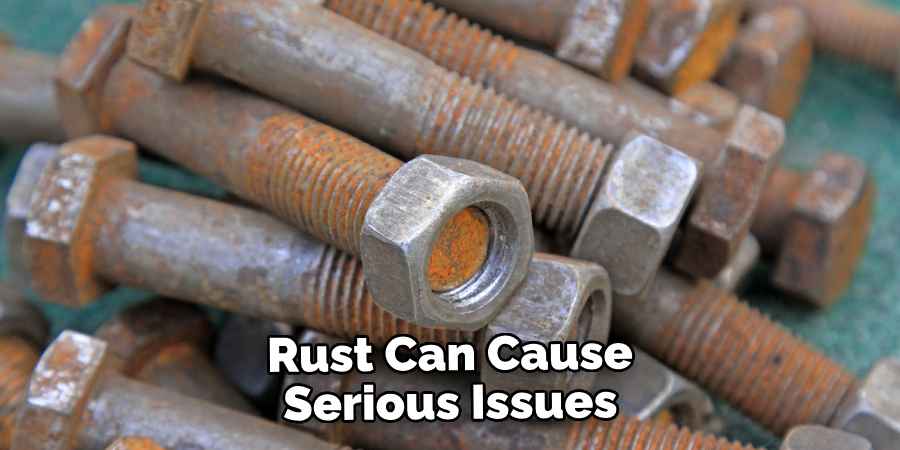
But what exactly causes these fittings to become rusted in the first place? In this section, we will explore some of the most common causes of rusted cast iron pipe fittings.
1. Exposure to Moisture and Oxygen
The main cause of rust formation in cast iron pipe fittings is exposure to moisture and oxygen. When these two elements come into contact with the iron, a chemical reaction occurs that leads to the formation of rust. This process is accelerated when there are high levels of humidity or when the fittings are constantly exposed to water, such as in plumbing systems.
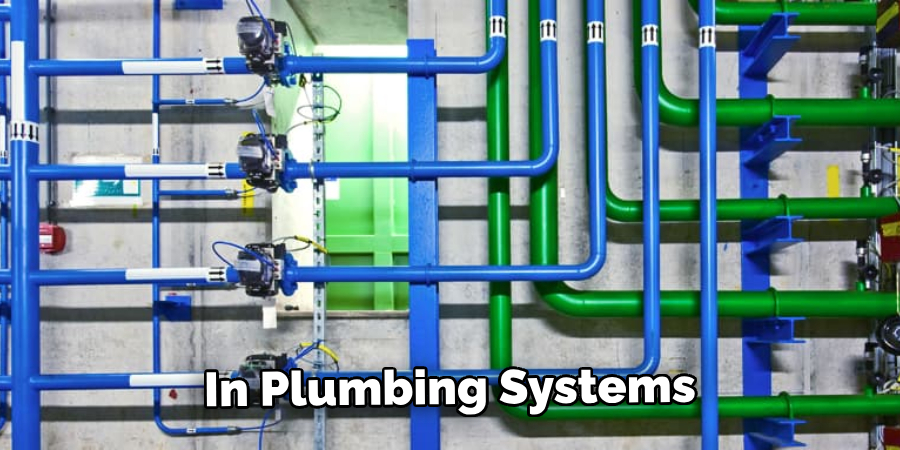
2. Age and Wear
Over time, cast iron pipe fittings will naturally begin to rust due to age and wear. The older the fittings are, the more susceptible they become to rust formation. This is because the protective layers on the surface of the iron start to degrade over time, leaving it vulnerable to corrosion.
3. Poor Quality or Faulty Coating
Sometimes, rust can form on cast iron pipe fittings due to poor quality or faulty coating. When these fittings are manufactured, they are typically coated with a protective layer of paint or epoxy to prevent rust from forming. However, if the coating is not applied evenly or if it is damaged during installation, it can leave areas of the fitting exposed and vulnerable to rust.
4. Chemical Reactions
Certain chemicals in the environment or in the water running through the pipes can also lead to rust formation on cast iron fittings. For example, high levels of chlorine in tap water can cause a chemical reaction with the iron, leading to rust formation. Similarly, exposure to acidic substances can also contribute to rust development.
5. Lack of Maintenance
Finally, a lack of maintenance can also contribute to rust formation on cast iron pipe fittings. Over time, debris and sediment can build up inside the pipes, creating an environment where moisture and oxygen can accumulate. When this happens, rust is more likely to form on the fittings. Regular cleaning and maintenance of plumbing systems can help prevent this issue.
Is It Possible to Prevent or Delay Further Rusting of Cast Iron Pipe Fittings After Removal?
Cast iron pipe fittings are commonly used in plumbing and drainage systems due to their durability and strength. However, over time, these fittings can become rusted due to exposure to moisture and oxygen. This not only affects the appearance of the fittings, but it can also weaken them and lead to leaks or even structural damage.
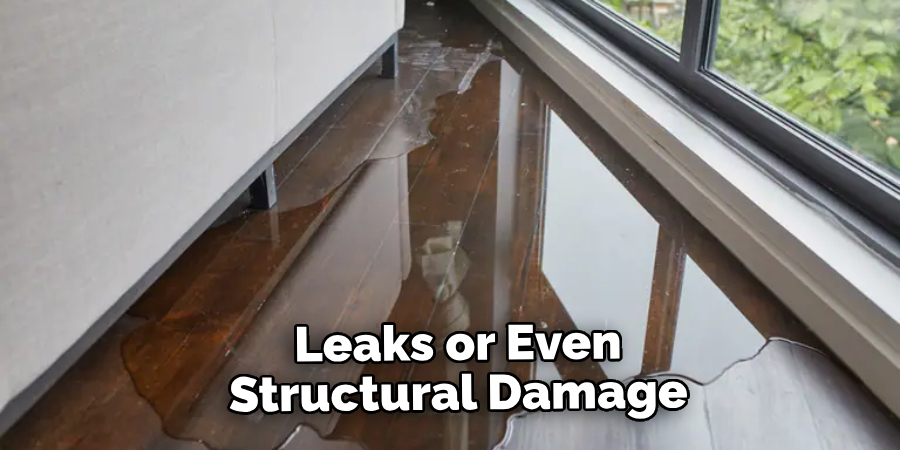
If you’re faced with the task of removing rusted cast iron pipe fittings, you may be wondering if there’s anything you can do to prevent or at least delay further rusting of the fittings. The good news is that there are steps you can take to protect your fittings and prevent them from rusting again in the future.
Firstly, it’s important to understand why cast iron pipe fittings rust in the first place. When iron is exposed to oxygen and moisture, a chemical reaction occurs which forms rust. This process can be accelerated by certain factors such as high humidity levels, acidic substances in the water or air, and exposure to saltwater or chemicals.
To prevent further rusting of cast iron pipe fittings after removal, you should take steps to eliminate or minimize these contributing factors. This could include using a dehumidifier in areas where the fittings are located, using a water softener to reduce mineral content in the water, or avoiding the use of harsh chemicals or saltwater.
Can You Use DIY Solutions to Remove Rust From Cast Iron Pipe Fittings, or is It Recommended to Hire a Professional?
Rust is a common problem with cast iron pipe fittings, as they are prone to corrosion over time. This can be caused by exposure to water and moisture, as well as other environmental factors. If left untreated, rust can weaken the fittings and potentially lead to leaks or complete failure.
If you have noticed rust on your cast iron pipe fittings, you may be wondering if you can handle the removal process yourself or if it is necessary to hire a professional. Both options have their pros and cons, so it’s important to weigh them carefully before making a decision.
DIY Solutions for Removing Rust from Cast Iron Pipe Fittings
There are various DIY solutions that claim to effectively remove rust from cast iron pipe fittings. These include using vinegar, baking soda, or a mixture of lemon juice and salt. While these methods may work to some extent, they are not always guaranteed to fully remove the rust.
Moreover, DIY solutions can be time-consuming and require multiple attempts before achieving desired results. They also may not be suitable for heavily rusted fittings or those in hard-to-reach areas.
Benefits of Hiring a Professional
On the other hand, hiring a professional plumber to remove rust from your cast iron pipe fittings has its own set of benefits. They have specialized tools and techniques that are specifically designed for this task, making the process more efficient and effective.
Professional plumbers also have experience dealing with various types of rust and can determine the best solution for your specific situation. This not only ensures proper removal of rust but also helps prevent future corrosion.
Final Thoughts
While DIY solutions may seem like a cost-effective option, it’s important to consider the potential risks and limitations. If not done properly, DIY methods can potentially cause further damage to your pipe fittings. Hiring a professional may require a higher upfront cost, but it can save you time and hassle in the long run.
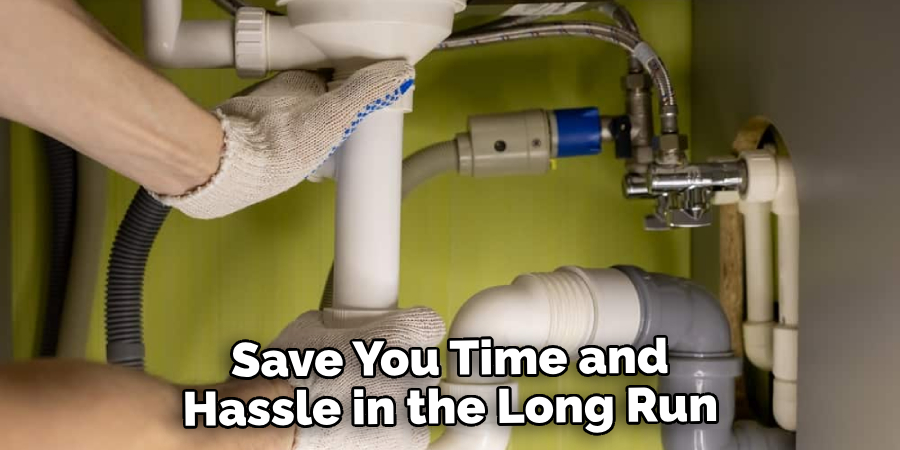
Conclusion
In conclusion, we have discussed to remove rusted cast iron pipe fittings in detail. We have learned that removing rusted fittings can be a challenging task, but with the right tools and techniques, it is possible to successfully complete the job. Firstly, we explored some of the common causes of rusting in cast iron pipe fittings such as exposure to moisture and oxygen. We also discussed how rust can weaken the fittings and lead to leaks or breaks in the pipes.
Next, we delved into the different methods for removing rusted cast iron pipe fittings. These include using penetrating oil, heat, cutting tools, and chemical solutions. Each method has its advantages and disadvantages, but it’s important to choose the one that is most suitable for your specific situation. I hope this article has been beneficial for learning how to remove rusted cast iron pipe fittings. Make Sure the precautionary measures are followed chronologically.

